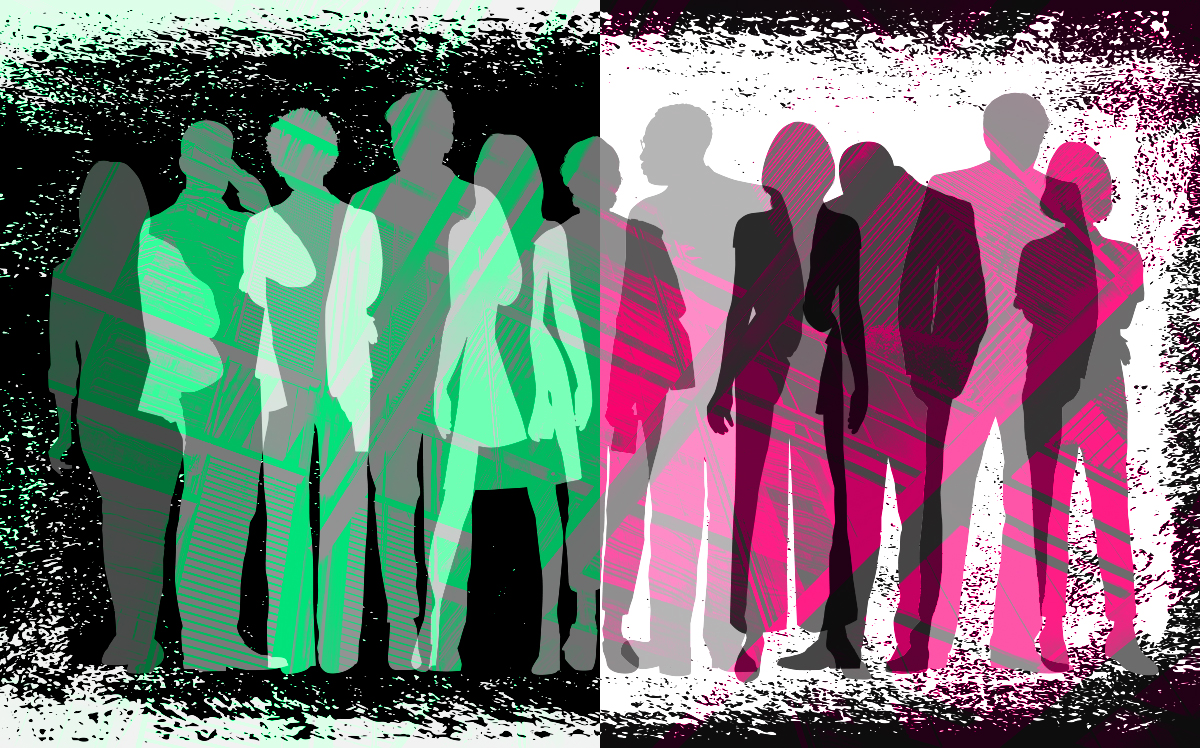Office attendance finally reaches 50%
Ten major cities surpass 40%: Kastle Systems

Three years after the start of the pandemic, office occupancy across the nation finally hit 50 percent.
Last week, the average office attendance was 50.4 percent, the Wall Street Journal reported. The figure comes from Kastle Systems, which noted it was the first time occupancy has topped 50 percent since March 2020.
Texas cities Austin and Houston continue to lead the charge, or rather the trickle, back into offices, with both sporting occupancy rates above 60 percent last week. But the 10 cities tracked by Kastle’s card-swipe systems each recorded occupancy rates above 40 percent; San Jose had the lowest, 41.1 percent.
Unsurprisingly, people aren’t going into the office much on Friday, perhaps looking to avoid empty workspaces and get a headstart on their weekend. In New York, the occupancy rate on Friday was 26.5 percent, versus 59.8 percent on Tuesday.
The high-water mark for office occupancy comes during yet another push to get workers back in. Companies and landlords want to keep employees accountable and validate the leasing expenses they’re paying. Politicians and business leaders, meanwhile, want to see more consumer spending in the business districts that depend on office workers.
Yesterday, the House of Representatives passed a bill that would force federal agencies to roll back telework policies. The bill was passed along partisan lines but isn’t likely to pass in the Democrat-controlled Senate. Such mandates have led to staffing shortages in New York City and some private businesses.
There have been multiple pushes to get office workers back in person, all of which have stalled as workers remain comfortable with remote or hybrid work. Labor Day is turning into an annual flashpoint, exciting landlords with the hope of a resurgence, only for it to die out by October.
Kastle Systems determines office occupancy by card swipes in commercial buildings. Some real estate insiders have challenged the barometer, noting it only tallies the swipes of those paying for its security services. That omits major office landlords including SL Green and Vornado Realty Trust.
— Holden Walter-Warner




